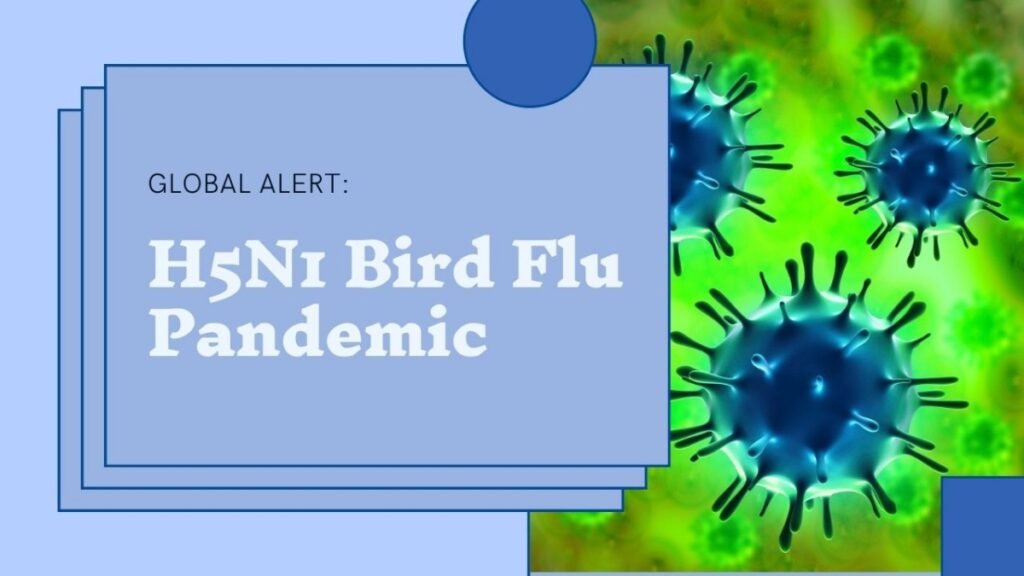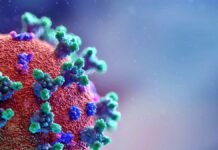
New Delhi: Global health experts are sounding the alarm over the H5N1 strain of bird flu, cautioning that its potential to spark a pandemic could result in a crisis far surpassing the devastation wrought by COVID-19. The H5N1 virus, already responsible for human fatalities, has shown an alarming ability to infect various mammalian species, including humans, raising fears that we are on the brink of a pandemic.
Dr. Suresh Kuchipudi, a leading figure in bird flu research, has warned that the current situation with H5N1 is perilously close to reaching a pandemic level. His concerns are mirrored by John Fulton, a pharmaceutical industry consultant and founder of BioNiagara, who suggests that the consequences of an H5N1 pandemic could be significantly more lethal than those of COVID-19, potentially maintaining a high case fatality rate if the virus mutates to become more infectious among humans.
The World Health Organization has reported a concerning fatality rate, with over half of the diagnosed H5N1 cases resulting in death since 2003¹⁷. This stark statistic stands in contrast to the current fatality rate for COVID-19, which is less than 0.1 percent.
Recent reports of avian flu outbreaks in a Michigan poultry facility and a Texas egg producer have compounded fears, especially with the emergence of infected dairy cows and the first documented case of human H5N1 infection from a mammal. The CDC’s confirmation of an H5N1 infection in a Texas dairy farm worker has prompted the White House to initiate close monitoring of the situation.
This incident marks a significant departure from previous patterns of transmission, as it represents the first known case of human contraction of bird flu from dairy cattle, differing from the 2022 case in Colorado linked to direct exposure to poultry.
The rapid spread of the virus among dairy herds in multiple states has affected millions of animals and raised public health concerns, despite assurances from US health officials that the risk to the public remains low.

H5N1, a subtype of avian influenza A, is notorious for its high pathogenicity, causing severe and often fatal illness in poultry. While primarily affecting birds, it can infect wild birds and occasionally mammals, including humans, with varying degrees of illness severity.
The initial detection of the H5N1 virus in birds dates back to 1996 in China, with a subsequent outbreak in Hong Kong in 1997 leading to human cases and fatalities due to direct bird-to-human transmission. The ongoing developments underscore the urgent need for preparedness and vigilance in the face of a potential global health emergency.





















































